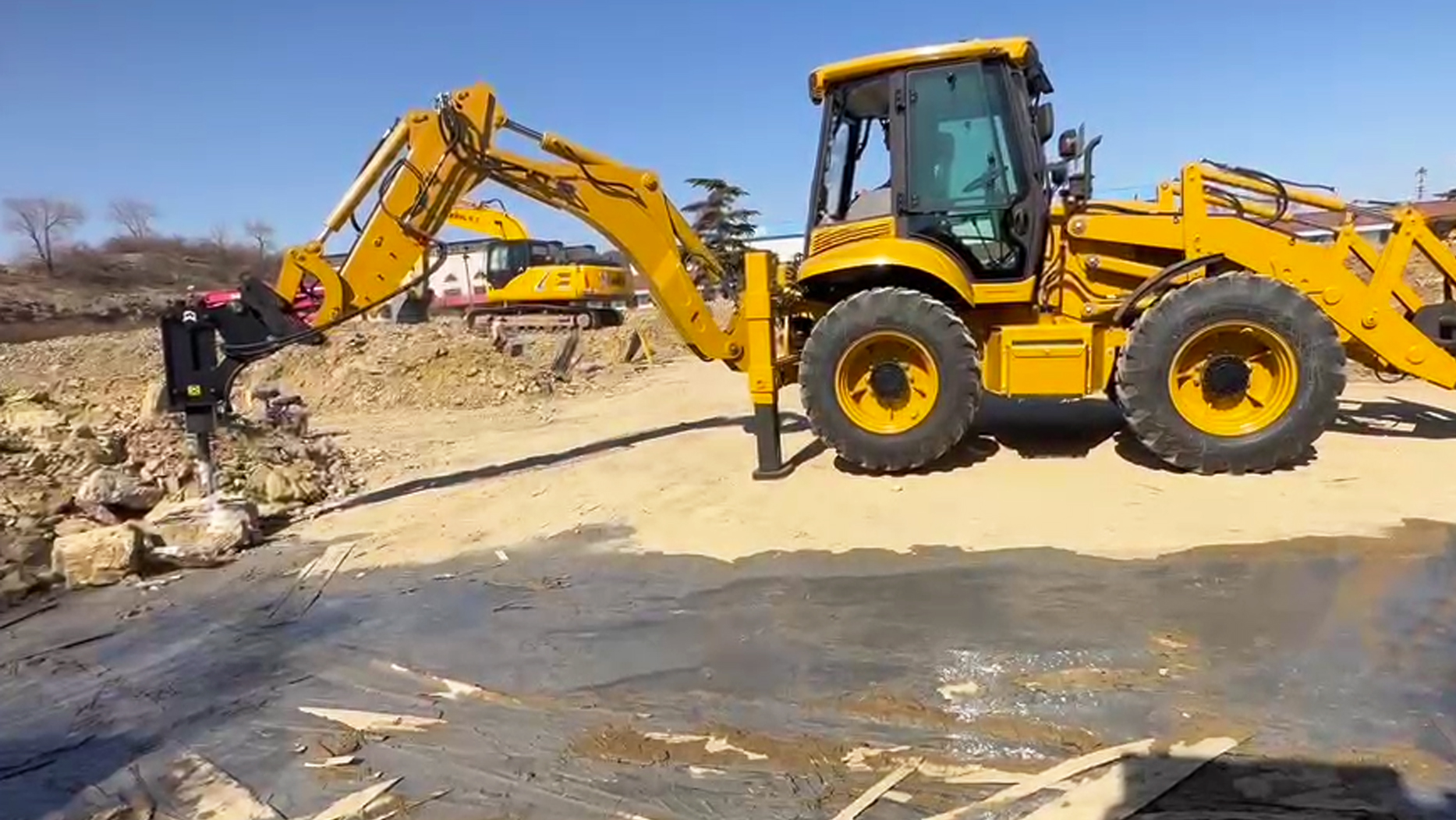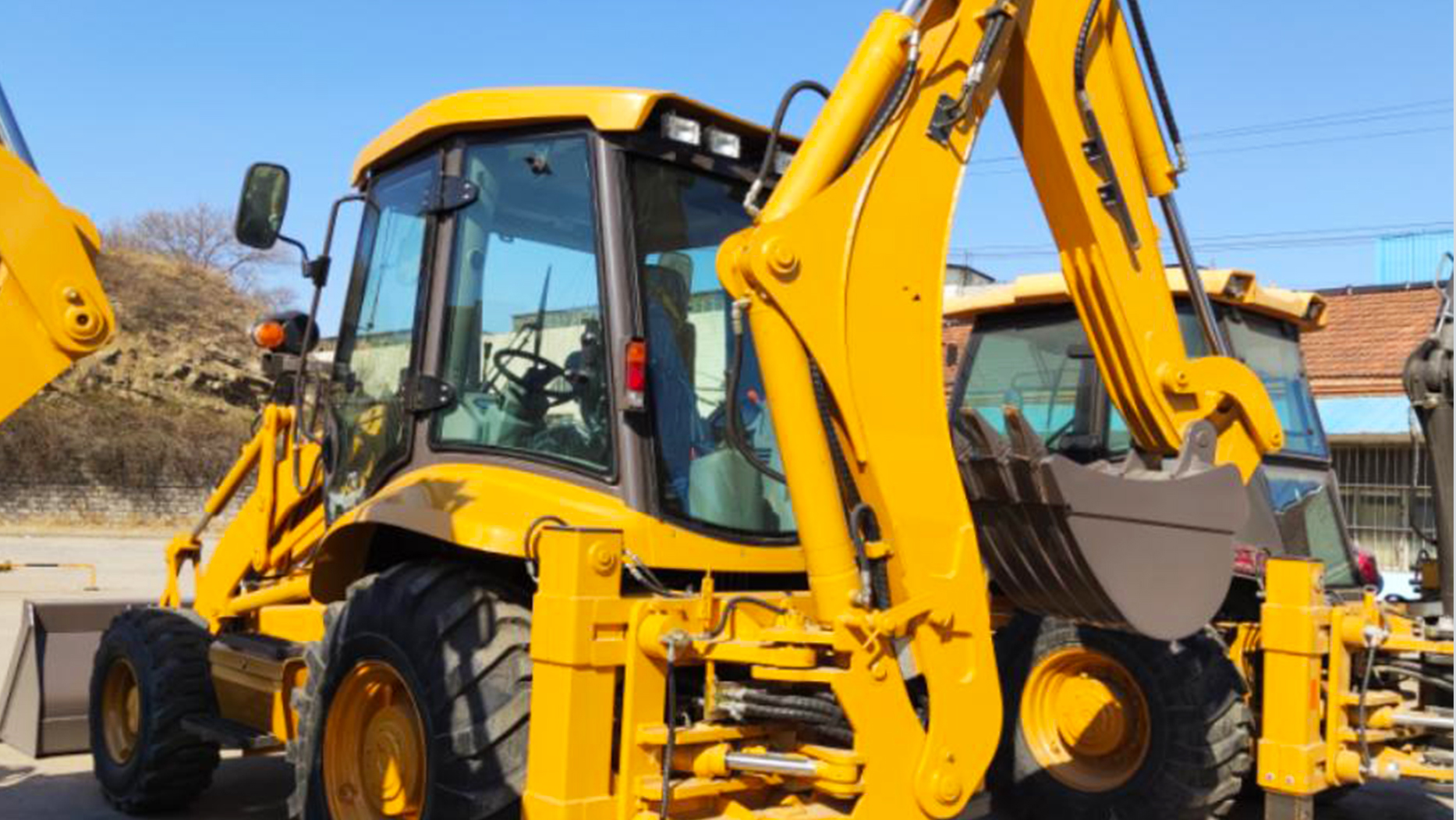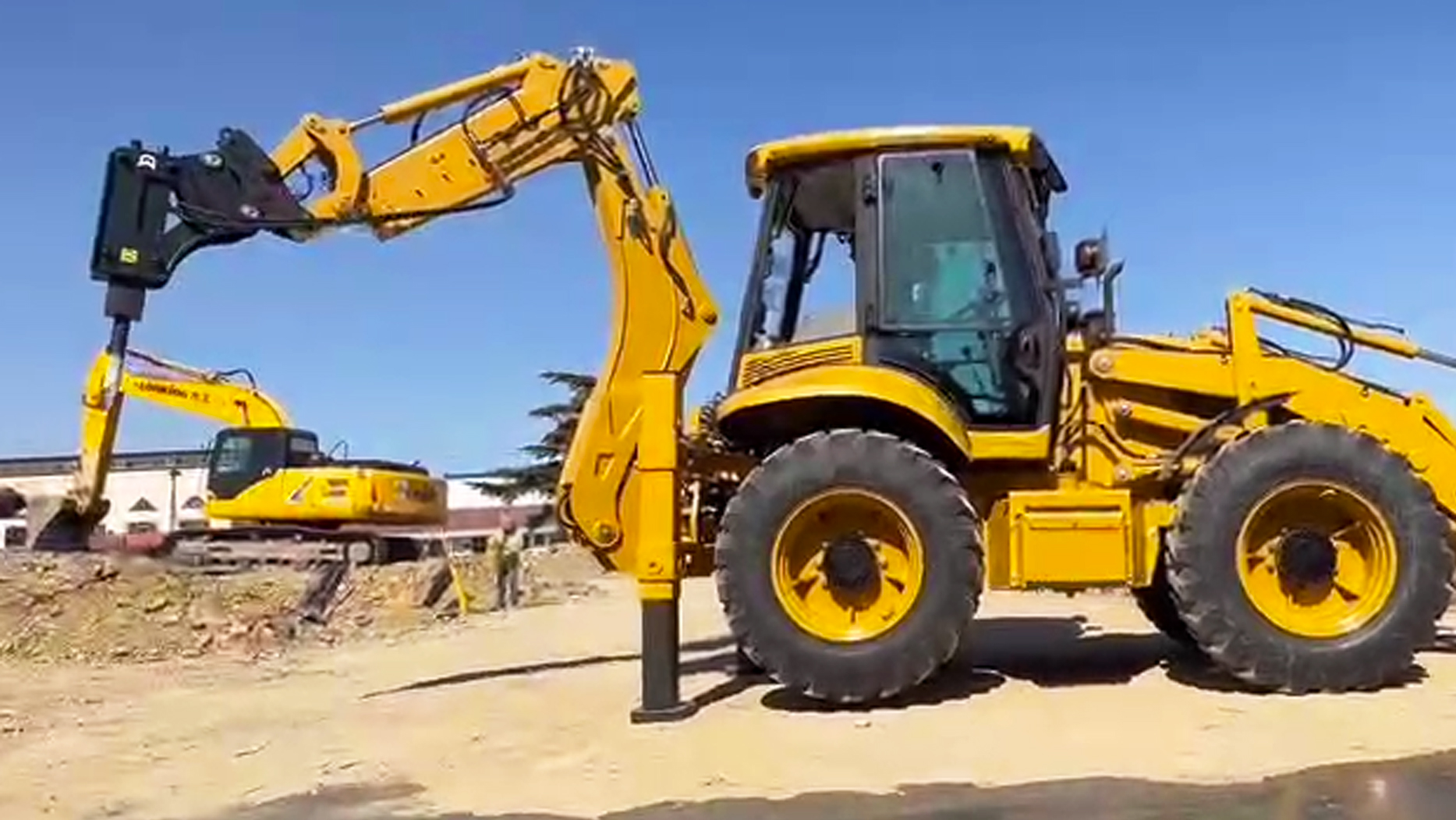I. Introduction
In the realm of construction and earthmoving, the terms "skid steer" and "backhoe" are often used interchangeably, leading to confusion about their distinct roles. While both are powerful machines capable of handling various tasks, they are fundamentally different in design, functionality, and application. This article aims to definitively answer the question, "Is a skid steer a backhoe?" The clear answer is no. We will explore the key distinctions between these machines, highlighting their unique characteristics and specialized uses. By understanding these differences, professionals can make informed decisions about equipment selection, ensuring optimal efficiency and productivity on job sites. Accurate equipment identification is essential for proper task allocation and project success.
II. Defining the Machines
A skid steer loader is a compact, highly maneuverable machine characterized by its unique skid steering mechanism, which allows it to turn within its own footprint.
Its versatility stems from its ability to accommodate a wide range of attachments, making it adaptable to various tasks.
Typical uses include material handling, site cleanup, grading, and various tasks in confined spaces where larger machines cannot operate.
A backhoe loader is a larger, tractor-like machine featuring a front-mounted loader bucket and a rear-mounted backhoe arm.
Its primary function is digging and excavation, with the backhoe arm providing significant digging depth and power.
Typical uses include trenching, excavation, utility work, and general construction tasks requiring digging and loading capabilities.
C. Explicitly state: These are fundamentally different machines with distinct designs and primary functions. Their core design and frame serve very different purposes.
III. Key Differences: Size, Maneuverability, and Design
A. Size and Footprint:
Skid steers are significantly smaller and more compact than backhoes, allowing them to operate in confined spaces and navigate tight corners.
Backhoes, with their larger size and longer wheelbase, require more space to maneuver, limiting their suitability for tight job sites.
B. Steering and Mobility:
Skid steers utilize a unique skid steering mechanism, where the wheels on each side are locked and driven independently, causing the machine to skid or turn in place.
Backhoes employ traditional wheel steering, similar to a tractor, offering greater stability but less maneuverability in tight spaces.
Skid steers offer superior maneuverability in small areas, where as backhoes offer greater stability when travelling over rough terrain.
C. Design and Functionality:
The backhoe's integrated backhoe arm is its defining feature, providing powerful digging capabilities and the ability to reach below ground level.
The skid steer is designed as a platform for many different attachments, and is not designed for deep digging.
The skid steer frame is designed to be small, and maneuverable, where as the backhoe frame is designed to support a digging arm, and a loading bucket.
IV. Attachment Capabilities: Versatility vs. Digging Depth
A. Skid Steer Attachments:
Skid steers can accommodate a vast array of attachments, including buckets, augers, grapples, trenchers, and more, making them highly versatile.
This adaptability allows skid steers to perform a wide range of tasks, from material handling and grading to demolition and landscaping.
B. Backhoe Attachments:
Backhoe attachments are primarily focused on digging and excavation, including various bucket sizes, breakers, and augers.
The front bucket is designed for loading, and the rear bucket, and other attachments, are designed for digging.
C. Contrast the general versatility of skid steer attachments with the specialized digging focus of backhoe attachments: The skid steer is a generalist, and the backhoe is a specialist.
V. Applications and Suitability: Confined Spaces vs. Deep Excavation
A. Skid Steer Applications:
Skid steers are commonly used in landscaping, construction, and material handling, particularly in confined spaces where larger machines cannot operate.
They excel in tasks requiring maneuverability, such as site cleanup, material transport, and grading in tight areas.
B. Backhoe Applications:
Backhoes are essential for trenching, excavation, and utility work, where their digging depth and power are required.
They are ideal for projects requiring deep digging, such as laying pipes, digging foundations, and general excavation.

C. Discuss the implications of using the wrong machine for a job, and the inefficiencies that follow: Using a skid steer for deep excavation is inefficient and can damage the machine. Conversely, using a backhoe for tasks requiring high maneuverability in tight spaces can lead to delays and increased costs.
VI. Conclusion: Clarity and Distinction
In conclusion, a skid steer is definitively not a backhoe. While both are valuable pieces of equipment, their distinct designs, functionalities, and applications set them apart. Skid steers excel in versatility and maneuverability, making them ideal for tasks in confined spaces and diverse applications. Backhoes, on the other hand, are designed for digging and excavation, providing significant digging depth and power. Understanding these differences is crucial for proper equipment selection and project efficiency. Choosing the correct machine for the job ensures optimal productivity and minimizes potential delays and costs. Knowing your equipment is vital to the success of any project.
Post time:Apr.03.2025


